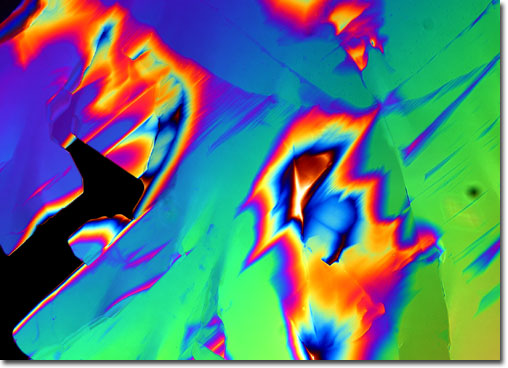|
The earliest concentrated flavorings produced came from natural products, but around the beginning of the twentieth century, synthetic flavors began to emerge from laboratories. One of the first of these synthetics was a grape flavor produced from a chemical compound known as methyl anthranilate. The light yellow to brown liquid does not look similar to the fruit or its juice, but has a strong grape-like smell when diluted. Though widely used as a flavoring agent in foods and beverages and as a fragrance in perfumes, the synthetic substance is also known as an oxidation inhibitor, a sunscreening agent, and an intermediate for a broad range of chemicals, dyes, and pharmaceuticals. Interestingly, years after the discovery of its unusual odor, when improved equipment and laboratory techniques had been developed, scientists discovered that methyl anthranilate is actually one of the chemicals present in real grapes.
|
